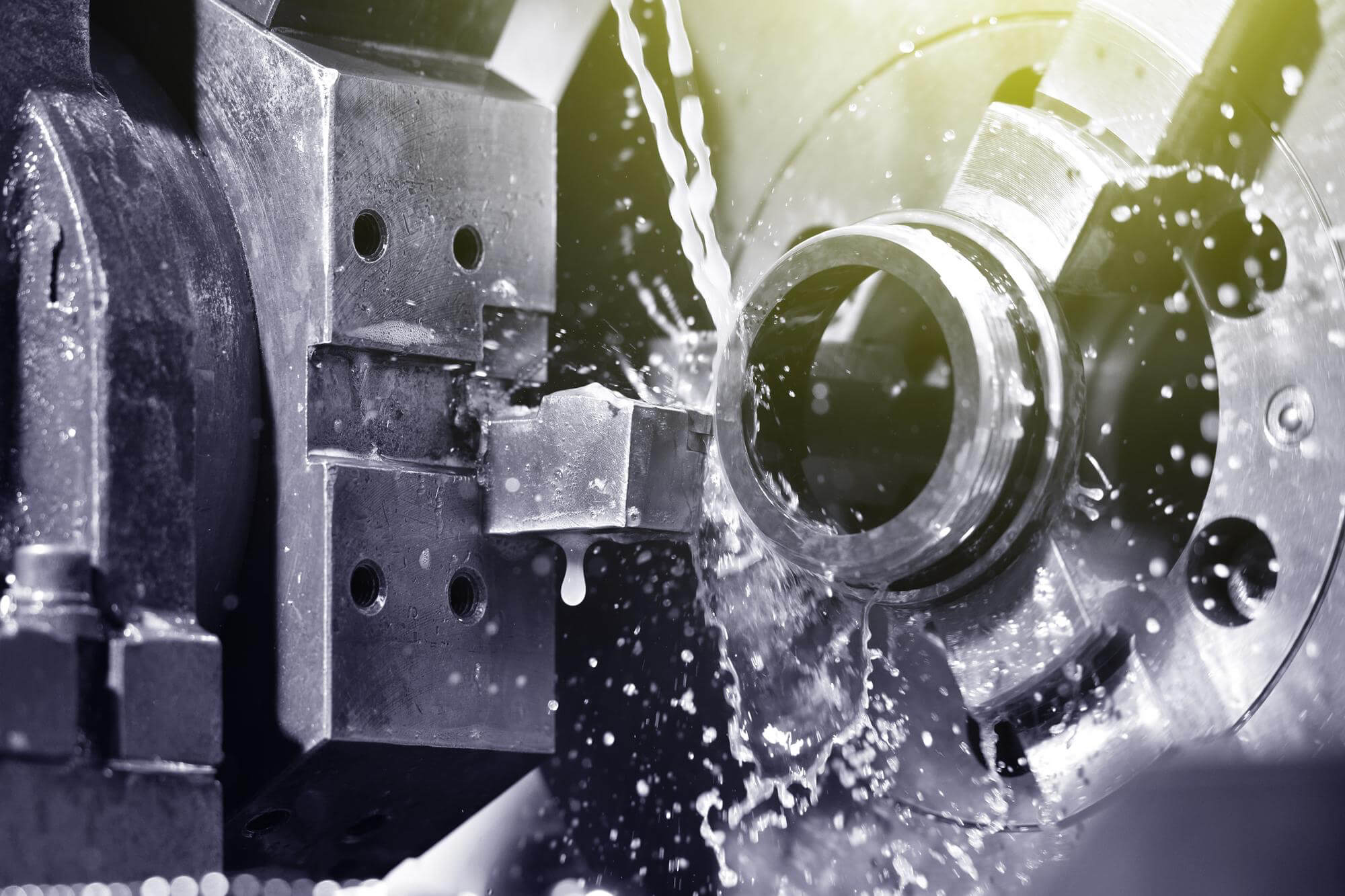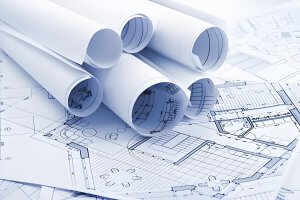In the world of CNC machining, precision, quality, and surface finish are critical factors, especially for industries that demand high-performance components. Among the various surface finishing techniques used to improve the final quality of CNC-machined parts, glass bead blasting stands out as an effective method to enhance surface texture, remove imperfections, and improve the overall durability of the part. This article explores how glass bead blasting material plays a significant role in CNC machining, especially for manufacturers and suppliers who require high-precision parts with specific surface finish requirements.
What Is Glass Bead Blasting?
Glass bead blasting is a type of abrasive blasting where fine glass beads are propelled at high speeds onto the surface of a part. Unlike other abrasive materials like sand or aluminum oxide, glass beads are non-reactive and do not damage the substrate of the part. They provide a smooth, matte finish and are often used to clean, polish, and remove surface imperfections from CNC-machined components.
The process is highly customizable, depending on the size and type of glass bead used, which makes it a versatile option for a wide range of CNC machining applications. Whether the part is made of aluminum, steel, or plastic, glass bead blasting can be effectively applied to achieve a desirable surface finish.
Key Advantages of Glass Bead Blasting in CNC Machining
- Improved Surface Finish: Glass bead blasting significantly enhances the surface texture of CNC-machined parts, creating a uniform and visually appealing finish. The resulting surface is often smoother than other types of blasting, making it ideal for parts that require a clean and polished look.
- Deburring and Cleaning: One of the biggest challenges in CNC machining is dealing with burrs—tiny ridges of material that can form on the edges of a part during cutting or milling processes. Glass bead blasting efficiently removes these burrs, ensuring that the part is free from sharp edges and ready for further processing or assembly.
- Corrosion Resistance: For industries where parts are exposed to harsh environments, corrosion resistance is essential. Glass bead blasting creates a protective layer on the surface of the material, which can help prevent oxidation and rusting. This is particularly beneficial for metal parts used in industries like automotive, aerospace, and marine applications.
- Enhanced Fatigue Strength: Glass bead blasting introduces residual compressive stress into the surface of the material, which helps to increase the fatigue strength of CNC-machined parts. This makes the parts more resistant to cracking, fatigue, and other forms of wear and tear over time.
- Non-Contaminating Process: Since glass beads are chemically inert, they don’t introduce contaminants to the material being blasted. This is particularly important for industries like medical device manufacturing, where contamination could compromise the safety and performance of the product.
CNC Machining and Glass Bead Blasting: A Perfect Combination
CNC machining is known for its precision and ability to produce parts with tight tolerances. When glass bead blasting is added to the process, it provides an additional layer of refinement, ensuring that the finished parts not only meet dimensional specifications but also have the desired surface qualities.
Here are some industries where glass bead blasting is commonly used in conjunction with CNC machining:
- Aerospace: The aerospace industry requires components that are lightweight, durable, and resistant to harsh environmental conditions. Glass bead blasting is used to enhance the fatigue strength of critical parts like turbine blades, aircraft frames, and structural components.
- Automotive: Automotive parts, such as engine components and suspension systems, benefit from glass bead blasting to increase corrosion resistance and provide a high-quality surface finish.
- Medical Devices: In the medical field, CNC-machined parts must meet stringent cleanliness and surface finish requirements. Glass bead blasting ensures that these components are smooth, free from contaminants, and ready for use in sensitive applications like surgical instruments or implants.
- Marine Industry: Marine environments are notoriously harsh on metal components. Glass bead blasting helps to protect CNC-machined parts from saltwater corrosion and extends their operational lifespan.
Table 1: Comparison of Surface Finishing Methods
| Method | Surface Finish | Contamination Risk | Corrosion Resistance | Cost | Application |
|---|---|---|---|---|---|
| Glass Bead Blasting | Smooth, matte | Low | High | Medium | Automotive, Aerospace, Medical, Marine |
| Sand Blasting | Rough | High | Low | Low | Industrial, Heavy Machinery |
| Chemical Etching | Smooth, shiny | Moderate | High | High | Electronics, Medical |
| Tumbling | Polished, shiny | Low | Moderate | Low | Jewelry, Precision Parts |
Table 2: CNC Machining Applications for Glass Bead Blasting
| Industry | Material | Part Type | Surface Requirement | Benefit of Glass Bead Blasting |
|---|---|---|---|---|
| Aerospace | Aluminum | Turbine Blades | High fatigue strength | Enhanced fatigue resistance and durability |
| Automotive | Steel | Engine Components | Corrosion resistance | Rust prevention and surface polish |
| Medical Devices | Stainless Steel | Surgical Instruments | Contaminant-free finish | Non-reactive surface and smooth finish |
| Marine | Bronze | Propeller Shafts | Resistance to saltwater corrosion | Extended part lifespan |
| Electronics | Plastic | Connectors | High-precision, non-scratched surface | Gentle blasting to avoid damage |
Glass Bead Blasting: Material Considerations
The material used in the CNC machining process can influence the results of glass bead blasting. Different materials respond differently to the process, and it’s important to select the right glass bead size, pressure, and technique based on the material being worked on.
- Aluminum: Requires lower pressure to prevent surface damage. Glass bead blasting works well to remove oxidation and provide a smooth finish.
- Steel: Requires a higher pressure to effectively remove surface rust or scale. Glass bead blasting can help in creating a polished finish that enhances durability.
- Plastics: Since plastics are more prone to damage from high-pressure blasting, it’s essential to use a gentler blasting technique and finer glass beads to achieve the desired surface finish without causing deformation.
Incorporating Glass Bead Blasting in Your CNC Machining Operations
For companies and suppliers looking to improve the surface quality of their CNC-machined parts, incorporating glass bead blasting can offer several advantages. Whether your parts need improved corrosion resistance, a smoother finish, or enhanced fatigue strength, this method can significantly improve the overall performance of your components.
To achieve optimal results, it’s important to work with a supplier who understands both CNC machining and glass bead blasting. By combining these two techniques, you can ensure that your parts meet the highest standards of quality and precision, giving you a competitive edge in industries that demand perfection.
FAQs
- What types of materials can be used with glass bead blasting?
Glass bead blasting works well on metals like aluminum, steel, and bronze, as well as plastics and other non-metallic materials. - Does glass bead blasting affect the dimensional accuracy of CNC-machined parts?
No, glass bead blasting is a surface treatment that does not alter the dimensions of the part but enhances its surface quality. - Can glass bead blasting be used on medical devices?
Yes, due to its non-reactive nature, glass bead blasting is commonly used for medical components, ensuring they are contaminant-free. - What size glass beads are typically used for CNC parts?
The size of glass beads used depends on the desired finish. Finer beads are used for smoother surfaces, while larger beads may be used for more aggressive cleaning. - How does glass bead blasting improve the corrosion resistance of CNC parts?
The process creates a uniform surface that can better resist the elements, reducing the chances of corrosion and rust. - Is glass bead blasting environmentally friendly?
Yes, glass beads are reusable and non-toxic, making this method more environmentally friendly compared to other abrasive techniques. - How does glass bead blasting compare to sandblasting?
Glass bead blasting is less abrasive than sandblasting, providing a smoother finish without damaging the substrate. - Can glass bead blasting be automated in CNC machining operations?
Yes, many CNC machining operations incorporate automated glass bead blasting as part of the finishing process for consistency and efficiency.
For more information on surface finishes techniques, please refer to this link.
Other Articles You Might Enjoy
- The Future of Beryllium Copper in CNC Machining: Is It Still the Go-To for Electrical Connectors?
The Significance of Beryllium Copper in CNC Machining and Electrical Connectors Beryllium Copper, commonly referred to as BeCu, is a copper alloy with 0.5-3% beryllium that exhibits superior thermal conductivity,…
- Precision CNC Machining for the Aerospace Defense Industry
Precision CNC Machining in the Aerospace Defense Industry In modern manufacturing sectors, precision Computer Numerical Control (CNC) machining plays a critical role. It is an automated process that uses pre-programmed…
- Innovative CNC Machining for Advanced Spacecraft Components
Introduction: CNC Machining and its role in Spacecraft Components Computer Numerical Control (CNC) machining has, over the years, proven to be one of the most integral pillars within manufacturing industries.…
- Ceramic Tooling in CNC Machining: Breaking the Myths About Durability and Performance?
CNC Machining and Ceramic Tooling: Busting the Myths Computer Numerical Control (CNC) machining is an advanced method of manufacturing where pre-programmed software controls the movement of factory machinery, giving intricate…
- CNC Machining Parts Factory: Specializing in High-Quality Steel
Introduction to CNC Machining and its Significance CNC (Computer Numerical Control) machining is a critical component in modern manufacturing, responsible for executing complex cuts and designs with absolute precision. This…
- Understanding Bead Blasting: Enhancing Surface Quality of CNC Machined Parts with Steel Beads
Introduction In the realm of CNC machining, the pursuit of perfection is relentless. Beyond the precise cutting and shaping lies the critical phase of surface finishing, a stage that significantly…






